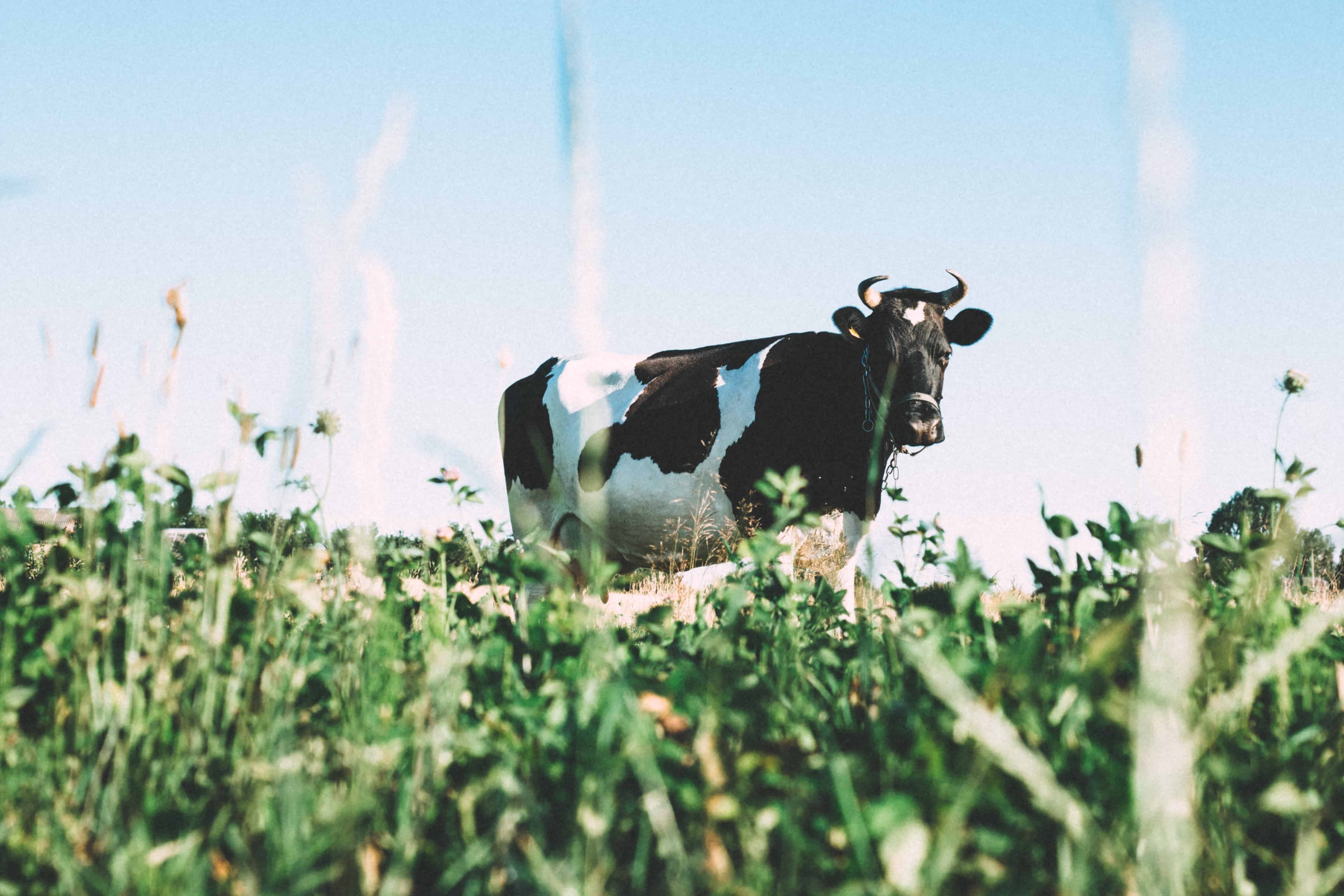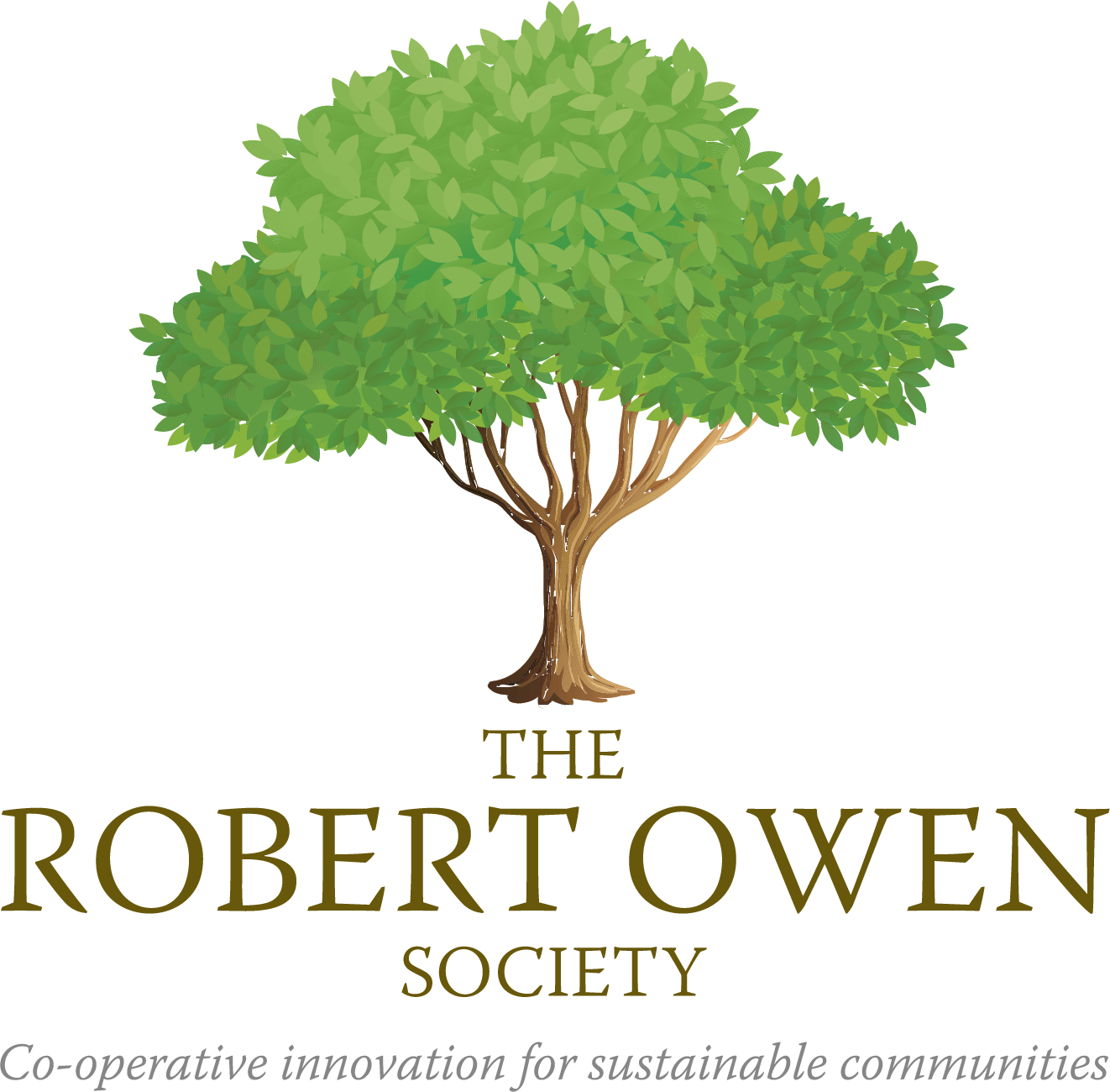Former infantry officer turned rancher tries forming a cooperative
BC rancher and former infantry officer Eric Moes thinks outside the box, which is advantageous for someone new to small-scale farming. So when his local abattoir – a critical partner to the success of his direct-to-consumer business model — maxed out their capacity, he got a chance to exercise that skill.
Moes lives in the Kootenay Boundary region. The area is quiet, surrounded by forest, and home to numerous lakes. The landscape has a rustic and pastoral beauty, and the population is little more than 30,000 souls, with nearly a third of them living in the small mountain city of Trail. So, the area is relatively remote, but with amenities Moes’s young family can enjoy and their farm needs.

From Infantry Officer to Rancher
“I was an infantry officer for 12 years, and five years ago, we said, now’s the time to pull pin and try something new,” said Moes. “So we decided we would try ranching … because I thought it would be easier than the military. Joke’s on me, it’s probably the same level of adversity.”
Moes’s operation is small-scale. He produces a modest number of cattle, sheep, chickens, and pigs on about 300 acres each year.
“We’re a first-generation multi-species livestock operation,” said Moes. “We run grass-fed cattle, grass-fed lamb, pastured-pork, pastured-poultry, and we sell everything direct to the consumer, at various farmers markets … and some online sales.”
“We’re building this thing from scratch.”
Ranching isn’t easy at the best of times, but being first-generation for Moes meant a steep learning curve and significant upfront capital costs. Because of this, Moes says he’s an entrepreneur first, rancher second, and he considers his move from military to farm no different than someone taking a chance on a tech startup.
“I don’t see this being any different than a startup in Silicon Valley,” Moes said. “It’s the same level of risk and requires the same level of grit.”
The ranch Moes purchased hadn’t been ranched in 40 years and didn’t come with any animals, fences, or even water lines. “We’re building this thing from scratch,” he said.
Adding value to a commodity
Of course, scaling a tech company is a little different than a ranch. A tech company often requires venture capital to grow and attract new users quickly. For Moes, adding scale and value is a bit different. He doesn’t have the volume of animals to treat them as a commodity. And, because he sells meat, not calves, adding value means processing his animals. As a result, meat processing is a critical part of his business model. So, when the local abattoir reached capacity, Moes had a problem.
“It’s very, very difficult to scale up a meat processing business,” said Moes. “It’s extremely capital intensive, even by agricultural standards. And this operation, this family-run company, young couple very similar age to me, my wife – great partners – they are having a very hard time scaling up, even though the demand was there.”
How to scale a meat processing business
Part of the difficulty is the seasonality of the meat processing business. Everyone wants animals processed at the same time, and at other times, things are slow. So, convincing a banker to loan money with inconsistent cash flow is a problem. Connected to this is the dilemma of having skilled labour only when needed. Couple that problem with the cost of paying for space and equipment you don’t need 100% of the time, and the result is a nearly insurmountable challenge.
Because the interests of a meat processor and meat producers overlap when local processing capacity taps out, it made sense to work on a solution together. Along with several other producers new to the area, Moes was asked to form a steering committee, with the goal of increasing capacity.
Thinking outside the box
“I had a bit of a reputation for thinking outside the box,” said Moes. “And so, the leaders of this initiative, they’re like, ‘Hey, would you be willing to help find a solution to this problem,’ which essentially is a capital problem.”
Moes said the “running contender” for best idea for raising funds to that point was everyone chipping in. But the group needed to raise at least $600,000 to build a new facility.
“We weren’t doing that on Kickstarter,” said Moes. Besides passing around a hat or hosting bake sales, the idea of forming a co-operative came up, and to Moes it seemed like a promising solution.
The co-operative solution
“We knew our fundamental purpose was to increase meat processing capacity for the Boundary region, but we didn’t really know what that would look like,” said Moes. “We had an idea that the cooperative model would be a key part of that.”
A unique aspect of the model Moes looked at includes what is sometimes referred to as “hook” shares or shares that promise delivery and receipt of a certain amount of product. This type of share better guarantees that the processor will take an animal and that the producer will deliver it. Together, the process is designed to add a level of trust between stakeholders.
“By selling hook shares, yeah, we were raising capital, but really, what we were doing is giving the security to the processor that animals were going to be there,” said Moes. “Because if I’m paying 300 bucks for a hook share, that’s the right that that animal will be processed, but it’s also the obligation … that’s the glue that holds it all together.”
Tragedy strikes
The group began developing a business plan with the support of Co-operatives First and business consultant James Grieve. The process helped align the three stakeholder groups – processors, producers, and a local non-profit with access to grant money – and the project was starting to look promising when a combination of tragedies hit. First, a global pandemic brought the economy to a sudden standstill, and sadly a key member of one of the stakeholders passed away.
Moes says the group made it through the initial pandemic restrictions but losing an important partner and friend impacted the entire community and slowed progress on the project.
Difficult decisions are made
After some tough decision-making and time, the effort did pick back up and eventually led to a unique strategic agreement between the meat processor, a non-profit, and a for-profit co-op, the Boundary Meat Producers’ Cooperative.
But in the final hour, when people needed to put skin in the game, several of the stakeholders became apprehensive with the required commitment. An increase in the original building estimate provided an opportunity to back out. And a few stakeholders did back out. Despite his disappointment, Moes says their decision was understandable. He was scared too.
We learn by trying — and sometimes things don’t work out
But not all was lost, said Moes. The process of working together with a bit of support took an idea that seemed entirely impossible and brought the group to the brink of realizing it.
“Before the process, ranchers thought that coming together and building an abattoir and cut and wrap was totally out outside of reality,” said Moes. “But what this process did, especially with the help of the consultant, we got into the numbers, and we realized it’s gonna be a slog, it’s tough, no one’s getting rich off of this, but this is doable.”
Moreover, Moes suggested, if the group decides to try again, they will have the tools and know-how to make it happen.

